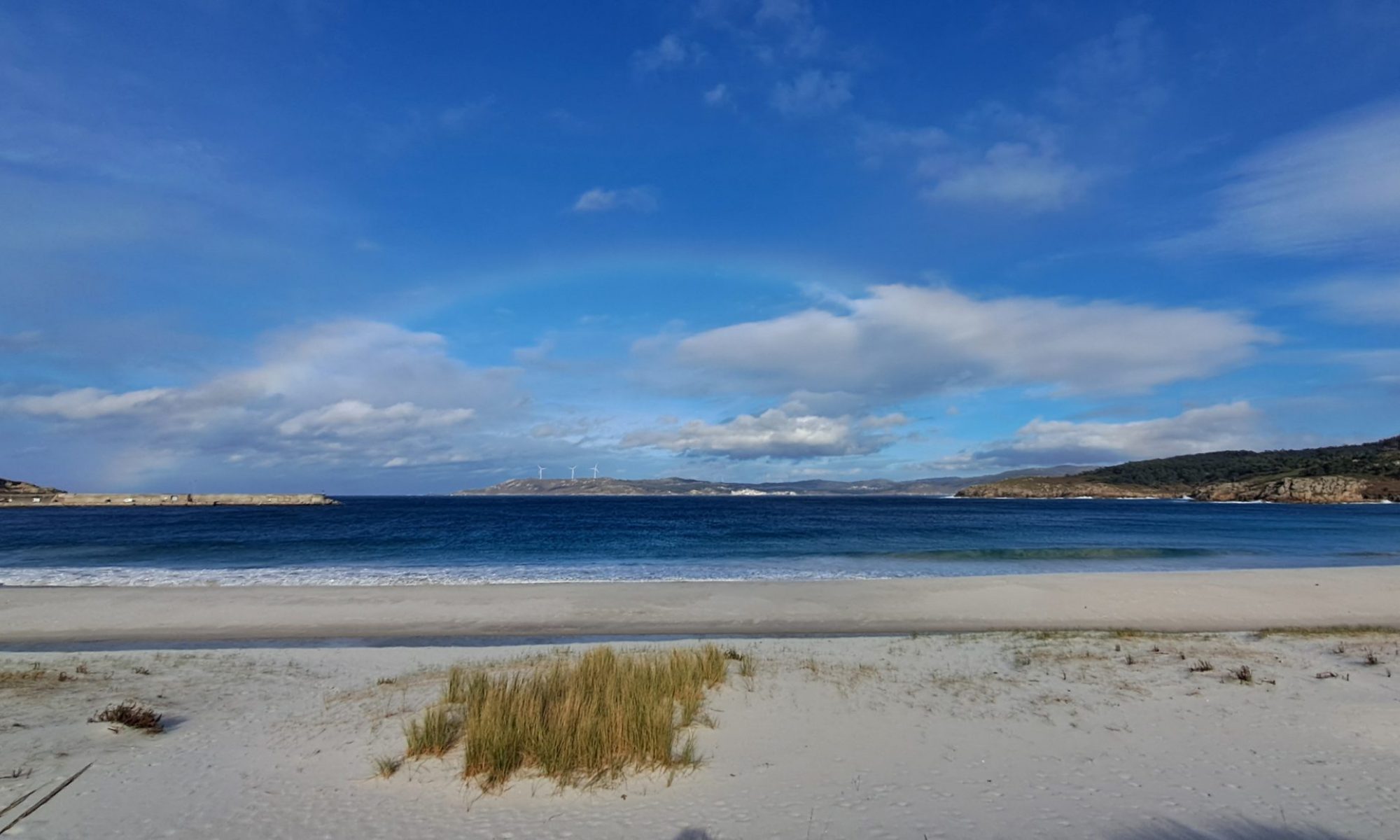In my never ending quest to better myself I took my motorcycle Compulsory Basic Training, CBT. It’s a 1 or 2 day training course to give you basic safety knowledge for riding a motorbike and some practical experience which is required before you can use your provisional category A licence. I did mine at Saltire Suzuki in Edinburgh who I’d fully recommend. Here’s some notes for my own use and anyone who is interested..
There are 5 modules in the CBT, the first is about safety clothing.
In 1979 the helmet law was introduced requiring all motorcycle riders to wear a helmet. It’s the only piece of safety closing legally required but any sensible person will also want protected jacket, trousers, gloves and shoes. There are three types of helmet, open, flip up and full face. All use polystyrene foam as protection which is easily damaged and once compressed does not uncompress, if you drop it then you should replace it. There are 3 types of fastener, clip, ratchet strep and double d ring. Don’t loan your helmet as if the borrower drops it they probably won’t tell you. Polycarbonate helmets last about 18 months to 3 years, fibreglass about 3-5 years and kevlar/carbon up to 9 years. Dry hair before use else it’ll mist up. Some visors are tinted but this is problematic when riding in the dark. A double glazed plate on the visor prevents steam. A visor lasts about 18 months if looked after.
Clothing is usually made from leather or Cordura. Leather is heavy, not waterproof but easy to repair. Goretex is often used as lining to make it waterproof. Don’t try gloves on a radiator as it makes them hard and brittle.
The next module is about your bike before you ride. Your weekly checks include checking the wheels, the tread should be 1mm. Your daily checks include testing your lights and breaks.
Then you get to ride the bike. As with learning to drive it takes a lot of learning the feel of new controls, only in a motorbike there are new controls of different types in unfamiliar places. The clutch is the leaver that would be the left hand break in a pedal bike, the throttle is by rotating the right hand grip, the gears are a pedel you lift or press with your left food, the back break is another pedal on your right and the front break is a heavier break you use on the right hand where you’d expect a break to be. Riding around the yard you are introduced to all these one at a time. There is no indicator for what gear you are in except if you are in neutral. None of the controls makes any sense and especially not when you have to use all five at once as in an emergency stop so it takes some practice to make them become instinctive.
More theory now. When coming to a junction remember OSM/PSL – Observe, Signal, Manoeuvre, Position, Speed, Look. Check mirrors and over shoulder. Then indicate. Then Manoeuvre which involves getting into the correct position, going at the right speed and looking around. The look will often involve a lifesaver look which is checking your blind spot over your shoulder. On a motorbike you must manually cancel the indicator which is very easy to forget.
Don’t ride in snow and ice. In fog you can tap on the break to show an extra rear light. Motorcycles make up 1% of traffic and 25% of fatalities, erk. For a bike which is 3 years old you must get an MOT yearly. Insurance comes in 3rd party, 3rd party+fire+theft and fully comprehensive flavours. Road tax is not emissions rated, which means it is often more expensive than a car. A V5C vehicle registration certificate is the legal log book required for every vehicle from the DVLA. A motorcyclist is especially vulnerable to road surface changes, always avoid spilt diesel and cobbles. Go over tram lines at an angle. Keep your hands and feel warm and dry, if they get cold you will be much less responsive. Wind affects motorcyclists a lot, if the Forth Road Bridge is closed to high sided vehicles it is also closed to motorcycles. Mirrors don’t cover your blind spot, don’t tell you the speed of other vehicles or the distance of other vehicles. Check them every 30 seconds. There are 169 over the counter drugs which cause drowsiness, don’t take any before riding. More stops are needed on the bike than in a car so plan your journey. Don’t ride when emotional, you’ll take it out with bad riding.
Then you get to ride around town with the instructor following and one way radio giving you instructions. Putting together all the controls along with good road use is tricky but I succeeded well. I wonder if I trust myself to ride without guidance now.
